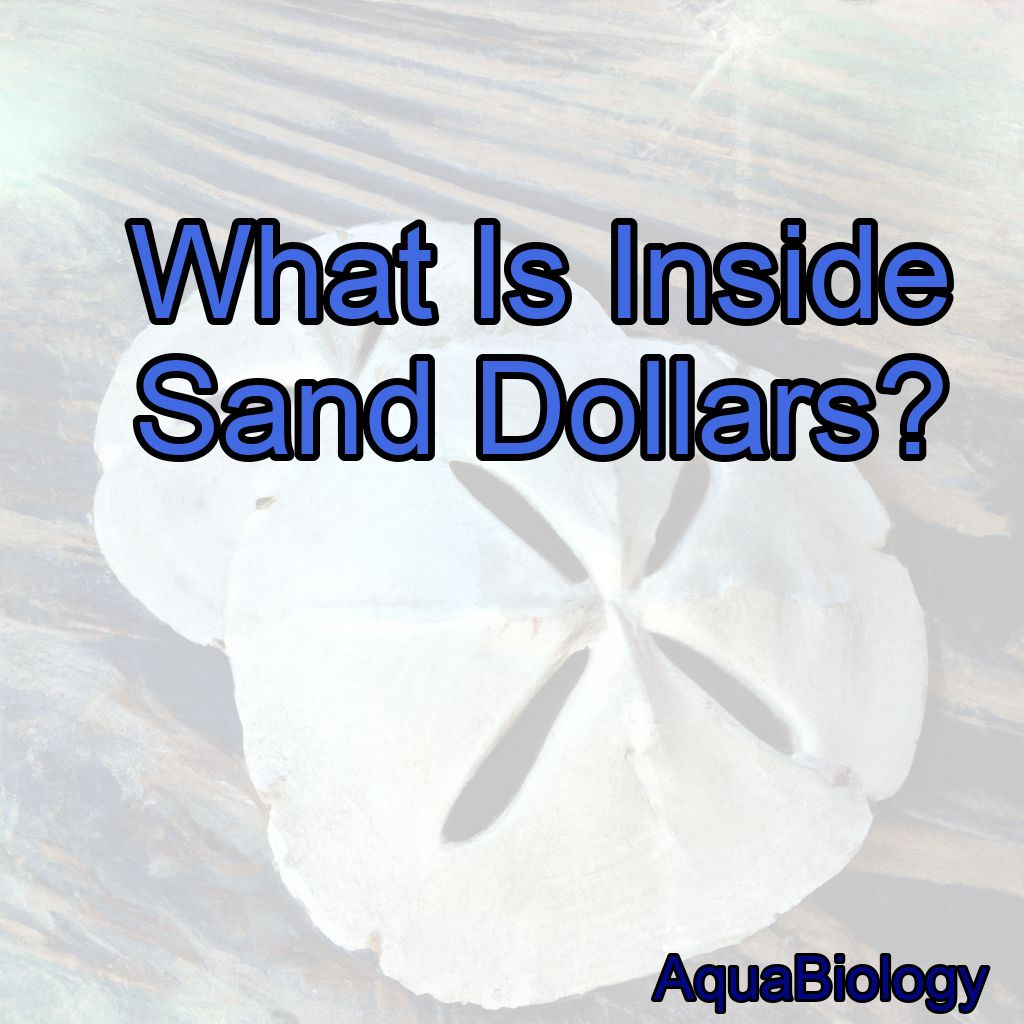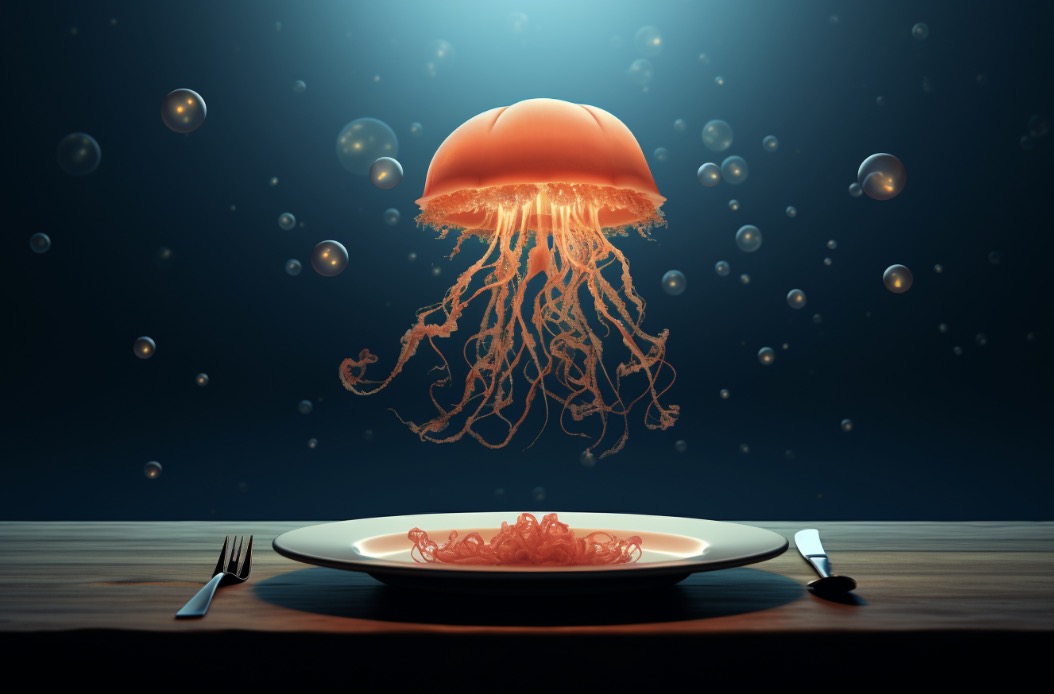As a marine biologist with a love for sand dollars, I have spent countless hours studying and admiring these fascinating creatures. Sand dollars are a type of echinoderm, which means they are related to sea stars and sea urchins.
Inside sand dollars are small, spiny skeletal structures called “test” and tiny, hair-like structures called “cilia.”
They are often found on sandy beaches around the world and are known for their distinctive round shape and intricate pattern of radiating lines. But what is inside these beautiful shells?
In this blog post, I will explore the anatomy of sand dollars and reveal what lies beneath their spiny exterior.
The Anatomy of Sand Dollars
Sand dollars are flattened, disk-shaped animals that are covered in spines. They are typically about 2-4 inches in diameter, although some species can grow up to 6 inches.
Sand dollars have a hard outer shell, known as a test, which is made up of calcium carbonate plates. These plates are arranged in a five-pointed star pattern, which is visible on the top of the sand dollar.
The underside of the sand dollar is flat and smooth, with a small hole in the center.
Inside the test of the sand dollar, there is a complex system of organs that help the animal survive and thrive in its sandy habitat. The mouth of the sand dollar is located on the underside of the animal, and it is surrounded by a ring of spines that help it capture food.
Sand dollars feed on tiny particles of food, such as plankton and algae, that they filter out of the sand using their tube feet.
The Water Vascular System
One of the most fascinating aspects of sand dollar anatomy is their water vascular system.
This system is made up of a series of fluid-filled tubes that run throughout the body of the animal.
The water vascular system is used for a variety of functions, including movement, feeding, and gas exchange.
The tube feet of the sand dollar are connected to the water vascular system.
By contracting and relaxing their tube feet, sand dollars are able to move around on the sandy bottom.
They can also use their tube feet to dig into the sand and bury themselves for protection.
The Digestive System

Sand dollars have a relatively simple digestive system. Food particles are captured by the spines surrounding the mouth and are then transported to the stomach.
The stomach of the sand dollar has five lobes, which are used to grind up food particles. From the stomach, food is passed into the intestine, where nutrients are absorbed into the body.
The Reproductive System
Sand dollars reproduce sexually, with males and females releasing their gametes into the water.
Fertilization occurs externally, and the larvae that hatch from the eggs are free-swimming and planktonic.
After a period of time, the larvae settle on the sandy bottom and begin to develop into juvenile sand dollars.
The Nervous System
Sand dollars have a relatively simple nervous system, with a central nerve ring that runs around the mouth.
The nerve ring is connected to a series of radial nerves that run down each arm of the sand dollar.
These nerves allow the sand dollar to sense its environment and respond to stimuli.
The Respiratory System
Sand dollars do not have lungs or gills, but they are able to exchange gases through their tube feet. Oxygen is absorbed from the water into the body of the sand dollar, where it is circulated through the water vascular system to the tube feet.
Carbon dioxide is then released back into the water through the tube feet.
The Conclusion: What is Inside Sand Dollars?
So what is inside sand dollars?
In summary, sand dollars have a complex anatomy that includes a water vascular system, digestive system, reproductive system, nervous system, and respiratory system.
These systems work together to help sand dollars survive and thrive in their sandy habitat.
Here are five key facts to remember about what is inside sand dollars:
1. Sand dollars have a hard outer shell called a test, made up of calcium carbonate plates arranged in a five-pointed star pattern.
2. Sand dollars feed on tiny particles of food, which they capture using their spines and tube feet.
3. The water vascular system of the sand dollar is used for movement, feeding, and gas exchange.
4. Sand dollars reproduce sexually, with males and females releasing their gametes into the water.
5. Sand dollars exchange gases through their tube feet, absorbing oxygen and releasing carbon dioxide back into the water.
Next time you come across a sand dollar on the beach, take a moment to appreciate the intricate anatomy of this fascinating creature.
FAQs
Is it OK to take sand dollars off the beach?
No, it is not OK to take sand dollars off the beach.
It is illegal in many areas and can harm the ecosystem.
Additionally, sand dollars play an important role in the beach ecosystem by helping to filter sand and water.
How much is a dead sand dollar worth?
Dead sand dollars have no commercial value and are typically collected as souvenirs or used for decorative purposes.
It is illegal to collect live sand dollars in many areas, so it is important to only collect dead ones.
What happens if you touch a sand dollar?
I cannot speak on everyones behalf, but generally, if you touch a sand dollar, it may not harm you, but it can harm the sand dollar.
The natural oils and dirt from your skin can clog the pores on the sand dollar’s surface, preventing it from absorbing nutrients and oxygen, which can cause it to die. It’s best to admire sand dollars from a distance and avoid touching them.
Is it illegal to keep dead sand dollars?
It is illegal to keep dead sand dollars in some states, such as Florida, where they are protected by law.
It is important to check local regulations before collecting or keeping any marine organisms.
Why is it illegal to take sand dollars from the beach?
It is illegal to take sand dollars from the beach because they are living organisms that play an important role in the ecosystem, and removing them from their natural habitat can disrupt the balance of the ecosystem and harm the species.
Additionally, many beaches have regulations in place to protect the natural resources and preserve the beauty of the environment.
What happens when you break a sand dollar?
When you break a sand dollar, the delicate skeletal structure inside is exposed and the sand dollar dies.




